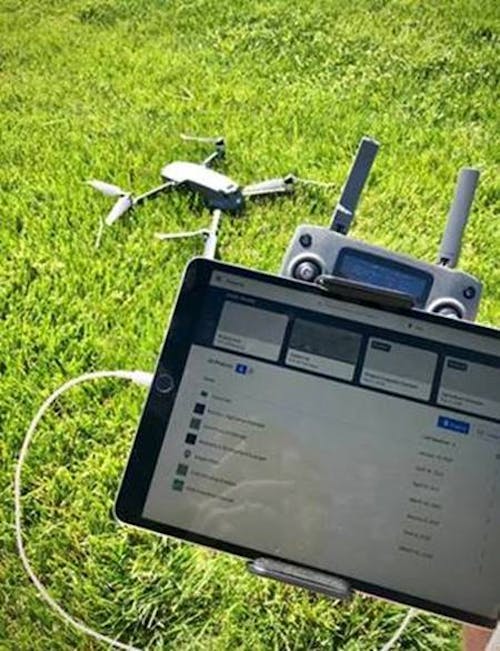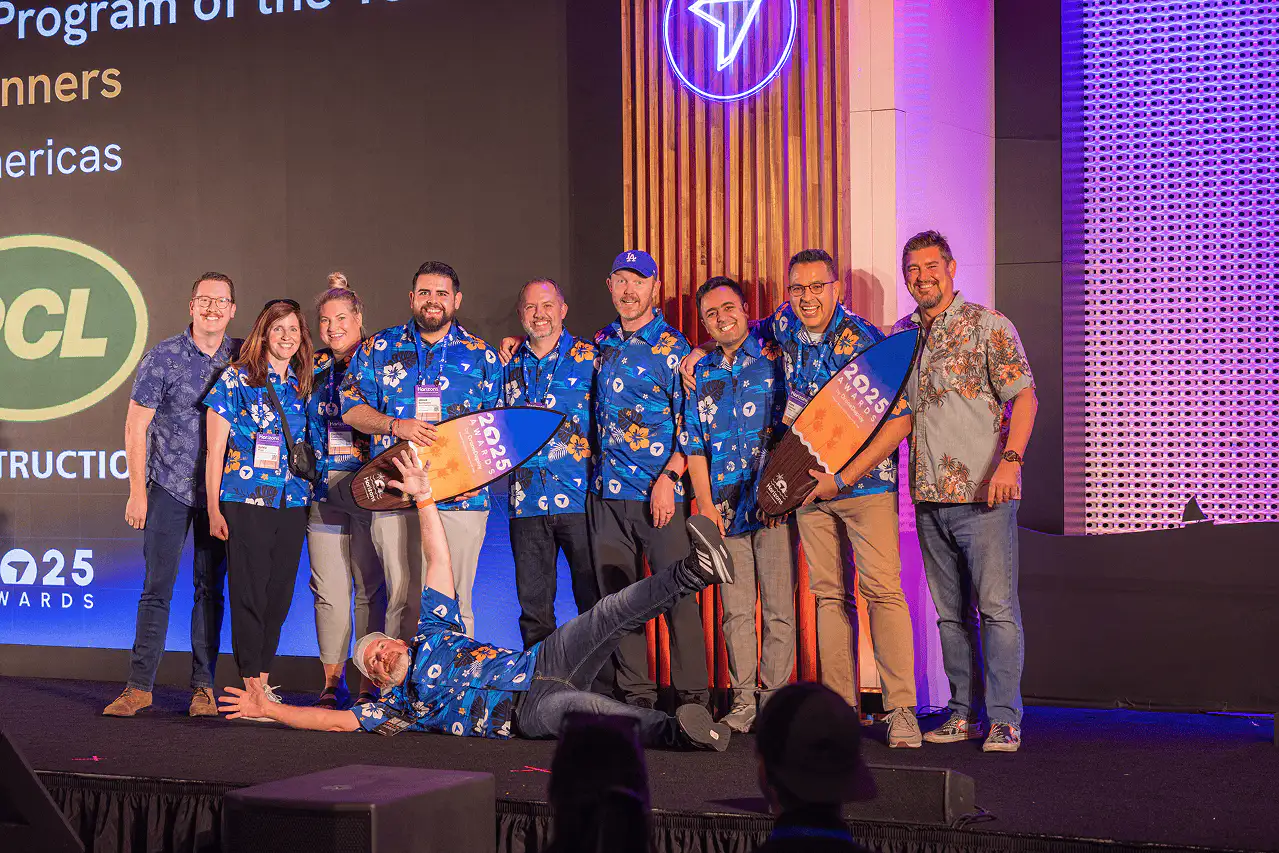How Syngenta’s Agronomists Built Their Drone Program to Deliver Data-Driven Recommendations

Quick Summary
Syngenta launched its drone program in early 2021 to boost efficiency and expand support for farmers using its seeds and agronomy products. In just three months, the team trained 75 pilots and began using DroneDeploy to assess crop emergence, plant health, and storm damage – helping agronomists gather insights faster from the field’s edge without walking acres.
DroneDeploy’s Professional Services guided Syngenta through setup, training, and SOP development, enabling rapid adoption. The program is already delivering time savings, stronger grower engagement, and a clear roadmap for scaling drone use across research and crop protection.
As a leading global provider of agriculture science, it’s no surprise that Syngenta is one of the first companies in their industry to experiment with drone technology. Though initial conversations about starting a drone program came about last spring, Syngenta officially began the program in January 2021. In the three months since, the company has been hard at work defining its program, discovering new use cases, and quantifying ROI.
Currently, the team is 75 drone pilots-strong, and their field agronomy team aids farmers who utilize Syngenta’s product placement, nutrition information, and crop performance data. What’s unique about the drone aspect of their program is the short time they’ve taken to scale – and the near-immediate positive adoption they’ve seen within their team. Keep reading to learn more about building a drone program from scratch and how drone data can benefit precision agriculture efficiencies.

Identifying a Need for Drone Data in Agriculture
Early conversations about starting a drone program at Syngenta began with defining their end goal: increasing the reach and efficiency of their seeds agronomy team.
But how would they get there?
Over the last five years, a few individuals had been outfitted with drones, but Syngenta didn’t yet have the infrastructure to support an entire program. After the onset of COVID-19, this quickly changed.
“Working during a global pandemic spurred this effort as we realized that virtual tools could really benefit our customer base,” Julia Fibbe, Drone Operations Lead at Syngenta, stated. Syngenta acknowledged that sharing DroneDeploy data with their customers would be a major advantage when providing production and analysis recommendations, further increasing their grower touchpoints and time savings. Knowing this, and wanting to give a consistent, high-level service for their customers despite the pandemic, Syngenta took the leap and engaged our Professional Services Team to begin defining their drone program.

Structuring a Drone Program with DroneDeploy
DroneDeploy’s Professional Services team offers tailored recommendations and one-on-one support for organizations looking to build or expand their drone programs. “Part of creating and launching your first drone program is that it’s not self-explanatory – you don’t always know what you need,” Julia explained. “We wanted to make sure that we weren’t missing any documentation or requirements, and DroneDeploy helped tremendously in that area.”
After electing to go through DroneDeploy’s benchmarking process (where our Professional Services team evaluates and ranks drone programs as compared with industry best practices), Syngenta received a list of strategic goals for training, a structured outline of standard operating procedures, and personalized support for any questions that they had. With this information at her disposal, Julia could structure Syngenta’s program around what was needed based on company and team goals.
DroneDeploy really wants you, as a client, to be successful. Their transparency is incredible.

Julia Fibbe, Drone Operations Lead, Syngenta
After collaborating with our Enterprise Services Manager, Brooks Allwardt, Julia engaged DroneDeploy Academy, DroneDeploy webinars, and in-person flight training to get new pilots up to speed. To make this process even easier, the DroneDeploy team created a central online hub for Syngenta drone program participants to access this training, plus those that Julia created herself. Between April & May of this year, Syngenta will be hosting four different in-person training events in production sites across the U.S. to complement these online sessions.
Using DroneDeploy at the Field’s Edge
Drone technology is primarily used across Syngenta’s seeds team but has additional applications in research and crop protection. These insights can also evaluate product placement, nutrition, in-field management, crop performance, and storm damage. A significant benefit: agronomists gain a new perspective field’s-edge without having to walk an entire field, simultaneously improving accuracy and saving time across the organization.
Syngenta’s pilots intend to use DroneDeploy throughout the growing season to evaluate crop emergence, perform stand counts, and evaluate plant health. To do this, Syngenta primarily applies DroneDeploy tools like Stand Assessment, Live Map, and Plant Health.
Defining Future Drone Program Success Metrics
Levels of drone adoption, amount of hours spent flying, customer feedback, and efficiency in the field are just some of the statistics Syngenta will continue to monitor as their drone program evolves. At only three months old, Julia is happy with the results that they’ve experienced so far. Last month, Syngenta held its first in-person drone training with two of their lead agronomists in Arkansas. The new pilots were amazed at how quickly the drone flew 80 acres and were immediately excited to show this to their growers.
We’re looking forward to checking back in with Syngenta’s drone program before the year is up. If you’re interested in learning more, watch our webinar with Syngenta, or download our eBook on precision agriculture.
FAQ
Related articles
Ready to manage your data from the very start?
Book a quick call to see how DroneDeploy streamlines capture from construction through building ROI.
.svg)
.png)


